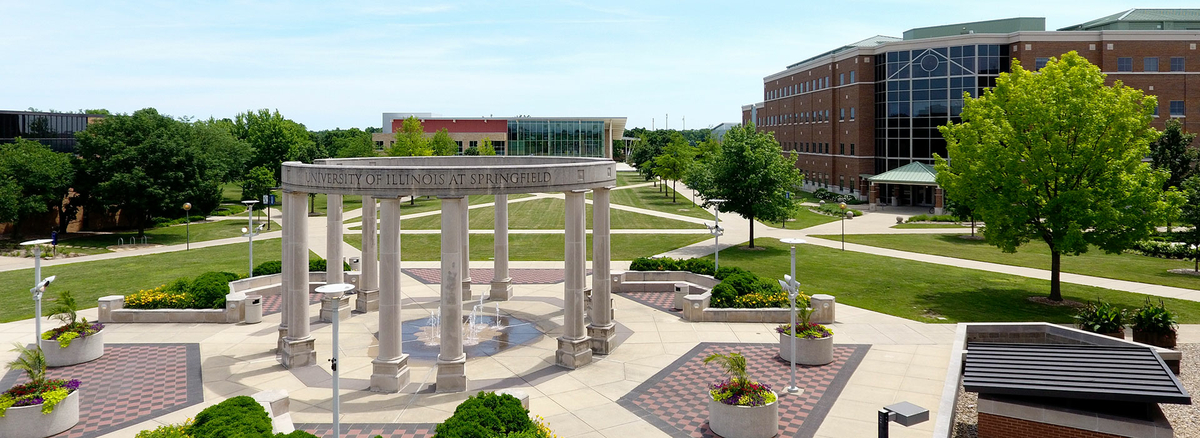Great American Smokeout
Every day there are 2001 smoking related deaths in the United States. That is like losing almost our entire undergraduate population at UIS every day. We’ve all heard about the horrible risks of smoking, the long-term effects of what it can do (cancer, heart disease, pneumonia, emphysema). So why are there still 45 million smokers in America? Because quitting is really, really hard.
Nicotine is the evil, highly addictive drug lurking in cigarettes and tobacco and the reason it is so difficult to quit smoking and stay a non-smoker. Nicotine is as addictive as heroin or cocaine. It affects many body systems such as heart and blood vessels, hormones, metabolism, and the brain. When you first take a puff of that cigarette, nicotine goes through the lungs and quickly makes its way through your bloodstream. Nicotine depresses the nervous system which means it takes longer for your neurons to talk to each other. Therefore, you may feel stimulated, but your brain functioning will actually be slowed down. It increases heart rate, constricts your blood vessels, and makes you take rapid, shallow breaths.
After prolonged use, the body becomes tolerant of nicotine, meaning it takes more and more of the drug in order to get the desired effect. When nicotine use is discontinued, withdrawal symptoms occur. These symptoms include: depression, dizziness, frustration and anger, irritability, trouble sleeping, trouble concentrating, restlessness, headache, tiredness, and increased appetite. Often these symptoms are why smokers go back to smoking.
But you can quit and maintain a non-smoker lifestyle! There are many benefits to quitting smoking. Your heart rate will decrease, blood pressure will drop, you decrease your risk of many, many types of cancer (i.e. lung, pharynx, larynx, mouth, gums, bladder, kidney, pancreas, and liver just to name a few), your risk of heart disease, stroke, and infections of the lungs are decreased significantly. Also, you reduce your risk for pre-mature aging, yellowing of the skin and fingernails, bad breath, stained teeth, gum disease, and an overall bad smell. When you quit smoking, food begins to taste better, your sense of smell returns, and you do not get out of breath so easily doing daily activities. Not to mention the large amount of money you save from not buying cigarettes. Plus, you are saving the people around you by reducing their risks associated with second-hand smoke.
Many smokers will try to quit and relapse, but there is still hope! It’s ok to relapse, but you have to keep trying. There is help available for those that are ready to quit. Whether it be counseling, calling a quitline, or relying on the support of friends and family, you can do it! Here are the key points to remember when developing a plan for quitting smoking: First, make the conscious decision to quit, second, set a quit date (why not the Great American Smokeout, November 17th), develop a plan for dealing with withdrawal symptoms, and maintain your non-smoking lifestyle.
In order to help many people quit smoking, the American Cancer Society developed the Great American Smokeout. It takes place the third Thursday in November every year. This year it falls on Thursday, November 17th. The Great American Smokeout is an opportunity for smokers to stop smoking for one day and hopefully quit forever. For more information on the Great American Smokeout see the Counseling Center’s display table in the PAC all week long (November 14th -18th). Also, for more information on quitting smoking visit the American Cancer Societyís web site at www.cancer.org, stop by the Counseling Center in HRB 64 or call at 206-7122. Remember “Today, you don’t have to become a statistic. Today, you can decide to quit smoking.” (American Cancer Society, 2005).
By Courtney Bailey



